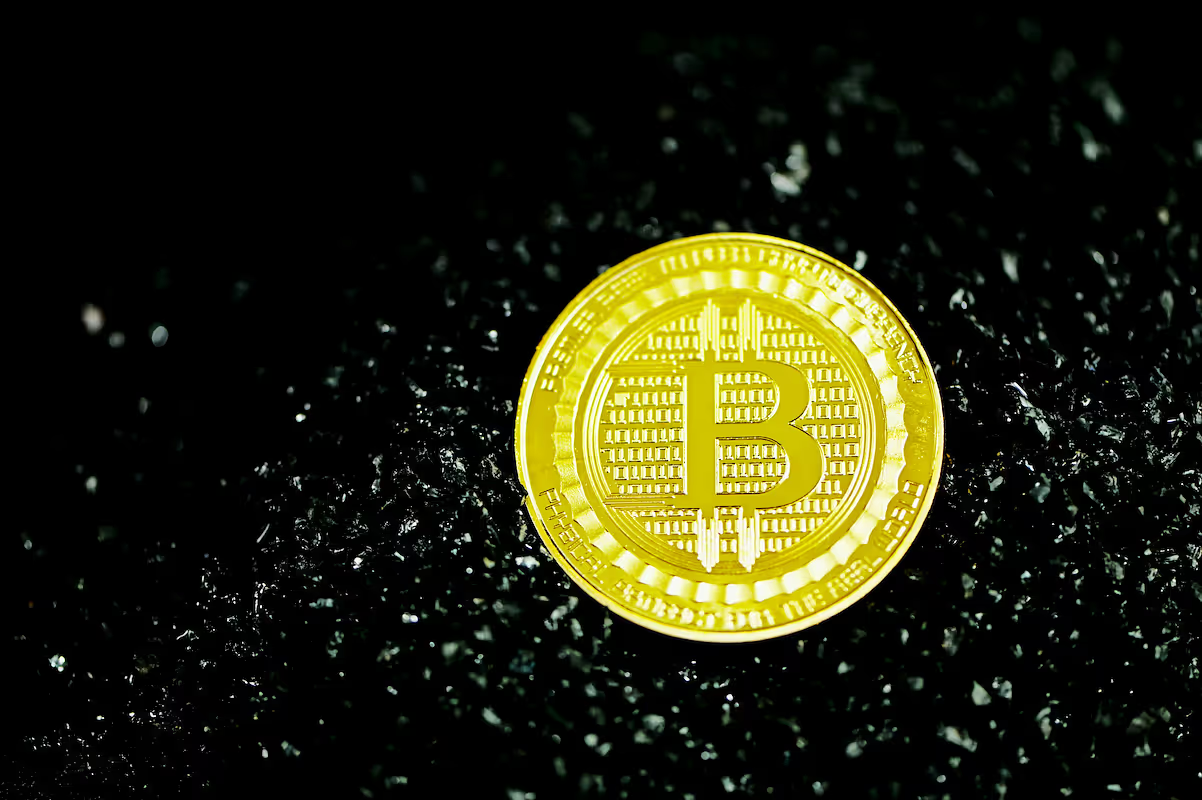Key Takeaways
- Email-like Identifier: It is a human-readable address, similar to an email, for receiving Bitcoin payments.
- Simplified Payments: It replaces complex, single-use invoices, making small and recurring payments much more straightforward.
- Open Protocol: It is an open standard, allowing for interoperability between different Lightning wallets and services.
What is a Lightning Address?
A Lightning Address is a human-readable identifier for receiving Bitcoin over the Lightning Network, functioning much like an email address. Instead of a long, complicated string of characters, you get a simple alias, such as `yourname@wallet.com`. This system abstracts away the complexity of generating a new invoice for every single payment, making Bitcoin transactions more intuitive for everyday use.
Imagine sending 50,000 sats (about 0.0005 BTC) to a friend. With a Lightning Address, you just type their address into your wallet and hit send, similar to an online payment app. This open protocol allows different wallets and services to communicate effortlessly, paving the way for micropayments, tipping, and recurring subscriptions without the friction of traditional Bitcoin invoices.
How Lightning Address Works
Behind the scenes, a Lightning Address uses a standard internet protocol. When you enter an address like `user@domain.com`, your wallet queries the domain for payment instructions. The service provider then generates a unique Lightning invoice on demand, which your wallet pays instantly. This process combines familiar web standards with the speed of the Lightning Network.
Benefits of Using a Lightning Address
Adopting a Lightning Address offers significant advantages for both senders and receivers. It simplifies the payment process, making Bitcoin transactions more accessible and practical for daily activities. The core improvements focus on user experience and operational efficiency.
- Simplicity: A memorable, human-readable identifier instead of complex invoices.
- Reusability: A static address for receiving multiple payments over time.
- Interoperability: An open protocol that functions across various wallets and platforms.
- Automation: Facilitates recurring payments and automated tipping without manual invoice creation.
- Accessibility: Lowers the barrier for new users to receive Bitcoin payments.
Setting Up Your Lightning Address
Acquiring a Lightning Address is a simple process that establishes your personal, static identifier for receiving Bitcoin instantly over the Lightning Network. Here’s the basic setup:
- First, select a Lightning-enabled wallet or service that offers support for Lightning Addresses.
- Within the application’s settings, register your unique address, which typically looks like an email.
- The service will automatically connect this new address to your account; no manual linking is required.
- Once created, you can share your address with anyone to begin receiving payments immediately.
Lightning Address vs. Traditional Payment Methods
Lightning Addresses represent a fundamental departure from established payment systems. While traditional methods depend on centralized intermediaries, a Lightning Address provides a direct, peer-to-peer model for transferring value digitally. This approach introduces distinct trade-offs in speed, cost, and accessibility.
- Speed: Payments clear almost instantly, avoiding the multi-day settlement periods of bank transfers.
- Cost: Transaction fees are exceptionally low, unlike the significant charges from credit card processors.
- Adoption: Traditional payment methods are universally accepted, while Lightning Network usage is still growing.
Security and Privacy Considerations for Lightning Address
While Lightning Addresses simplify payments, they introduce unique security and privacy trade-offs. The convenience of a static, human-readable identifier means users must be mindful of how their information is exposed and managed. Understanding these factors is crucial for safe use.
- Linking: A static address can connect multiple transactions to a single identity, reducing financial privacy.
- Custody: Security depends on the wallet provider, as they manage the link between the address and your funds.
- Spam: Public addresses may receive unwanted micropayments or be targeted by denial-of-service attacks.
Lightning Address and the Future of the Network
A Lightning Address acts as a user-friendly gateway to the Bitcoin Lightning Network. It builds upon the network's core payment channel technology by using web standards like HTTP to fetch payment details. When a payment is initiated, the recipient's server responds with a BOLT 11 invoice, which the sender's wallet then pays over the network. This abstraction layer is critical for the network's expansion, making instant, low-cost Bitcoin transactions a practical reality for a wider audience.
Join The Money Grid
You can access the full potential of digital money by connecting to the Money Grid. Lightspark provides the core infrastructure for instant, global payments through its deep integration with the Bitcoin Lightning Network, offering the enterprise-grade tools required to build and support systems like the Lightning Address for direct, low-cost transactions.


